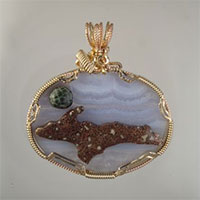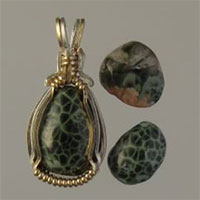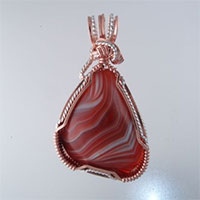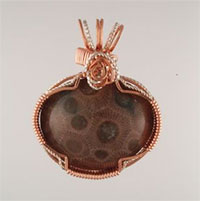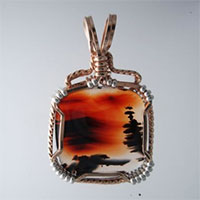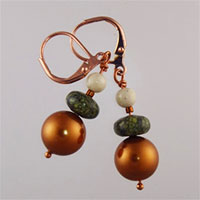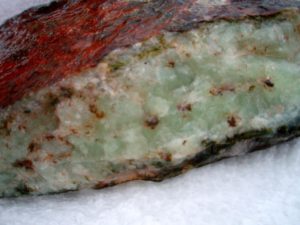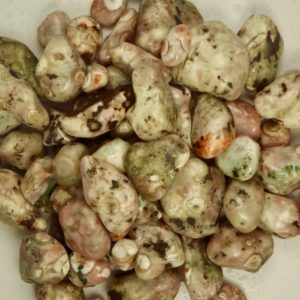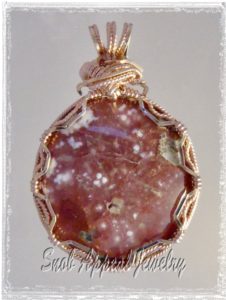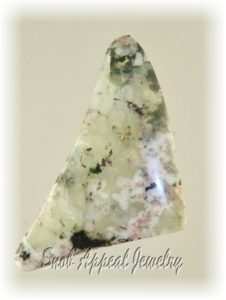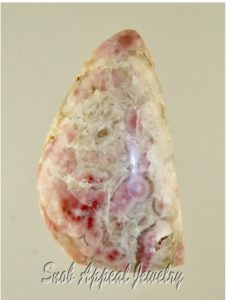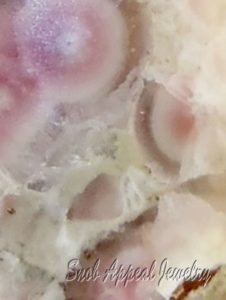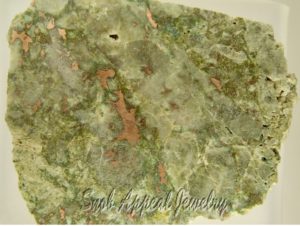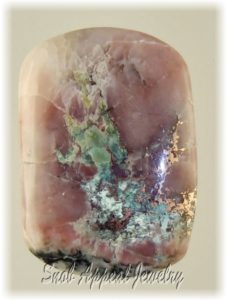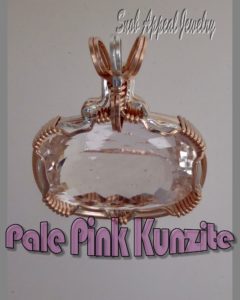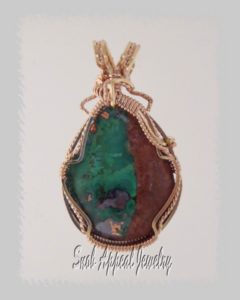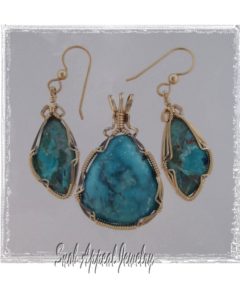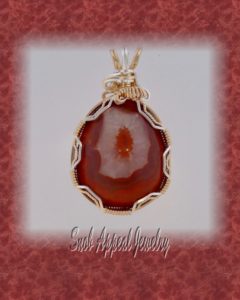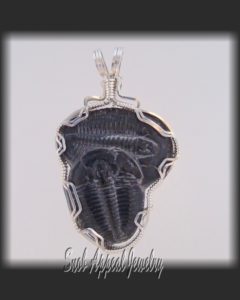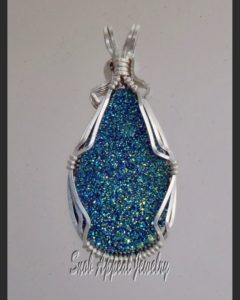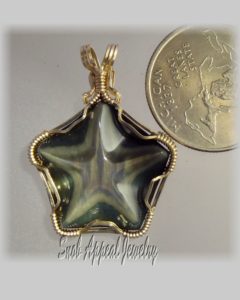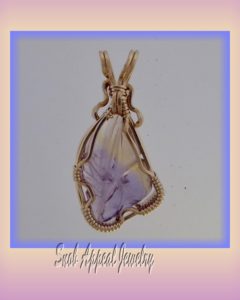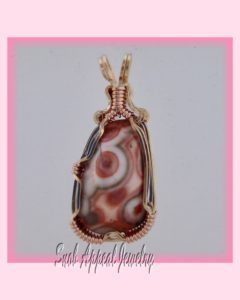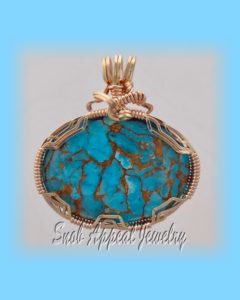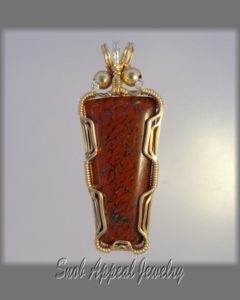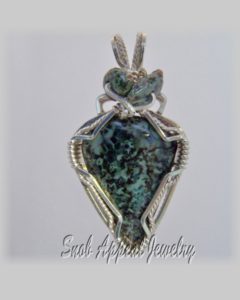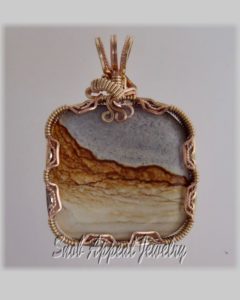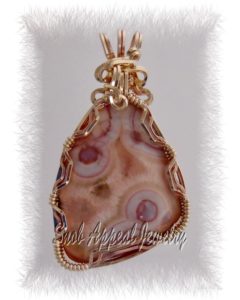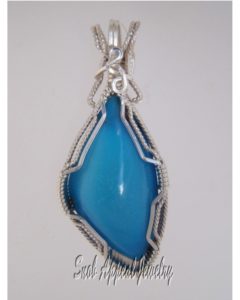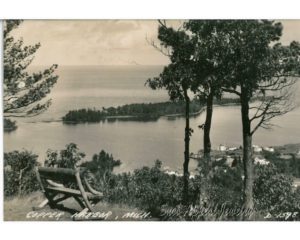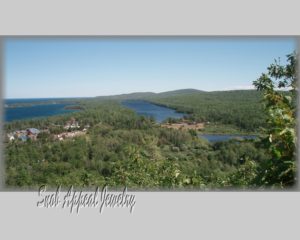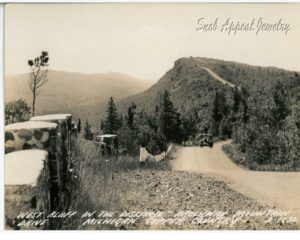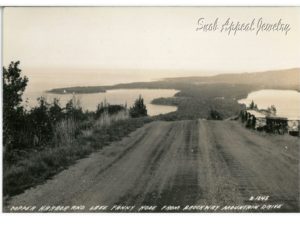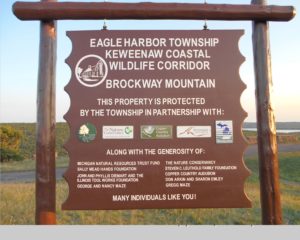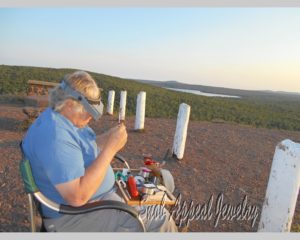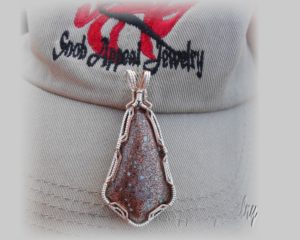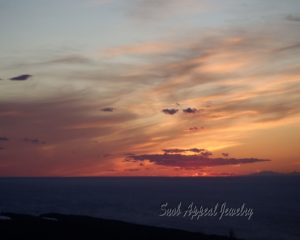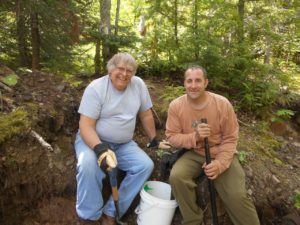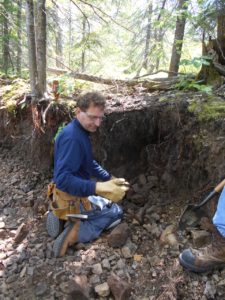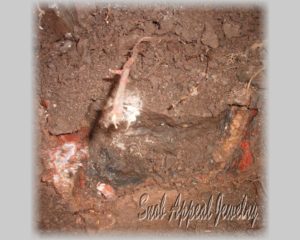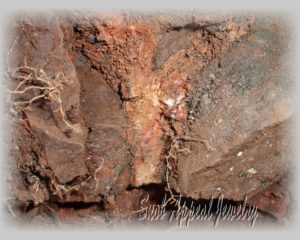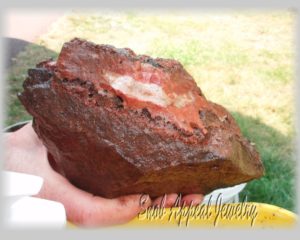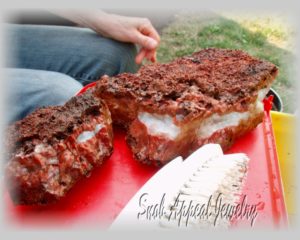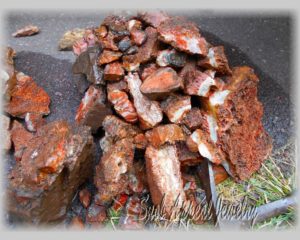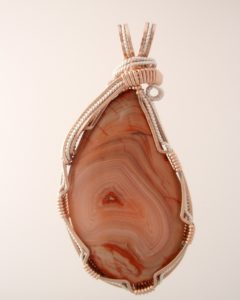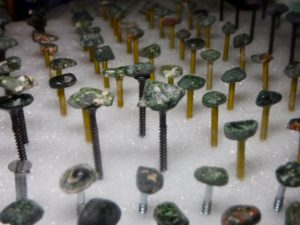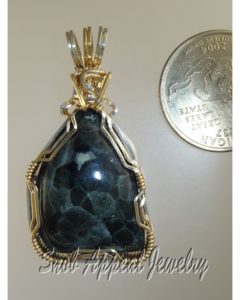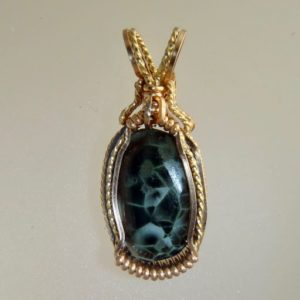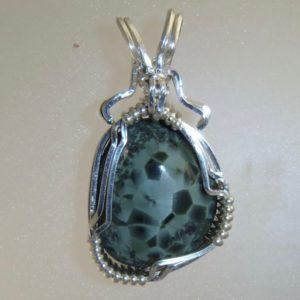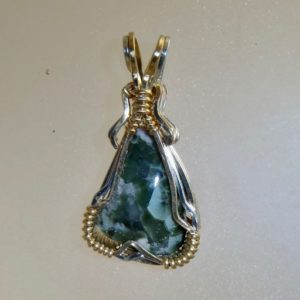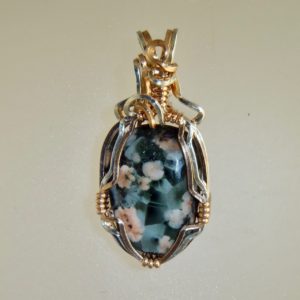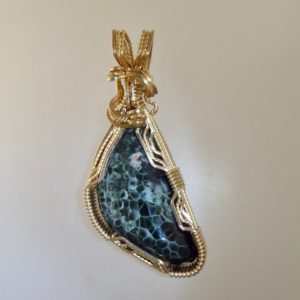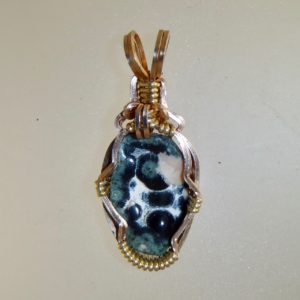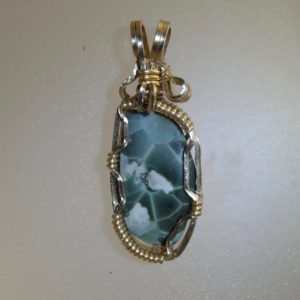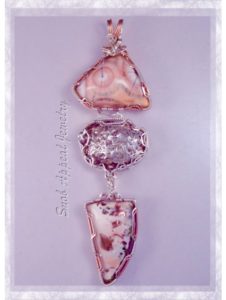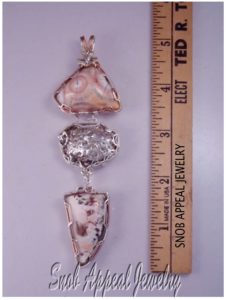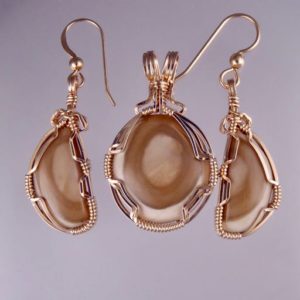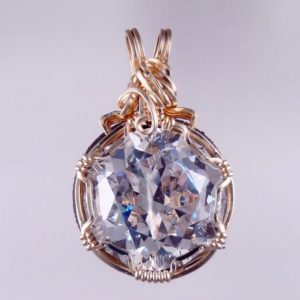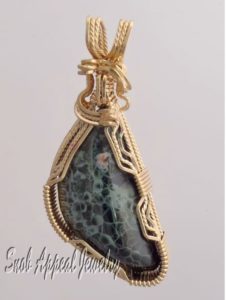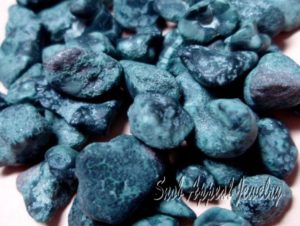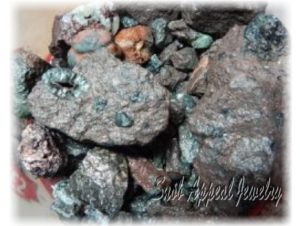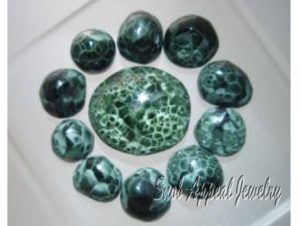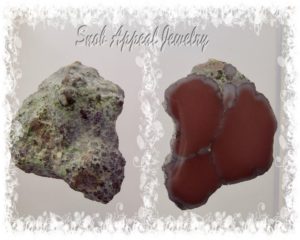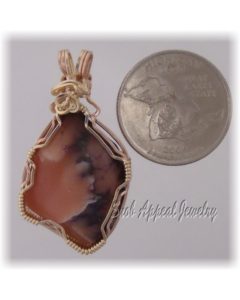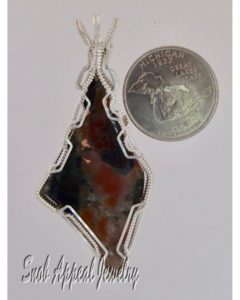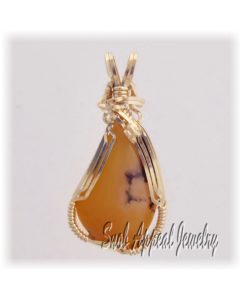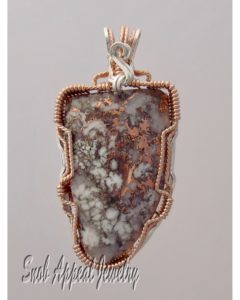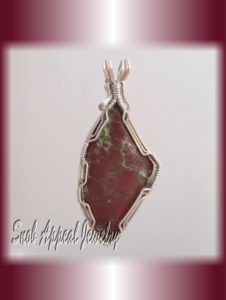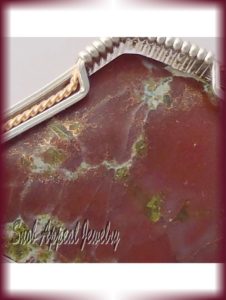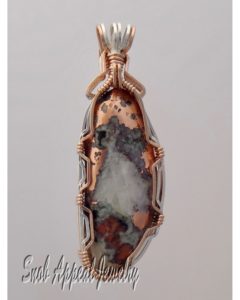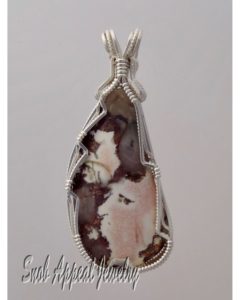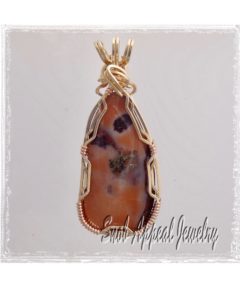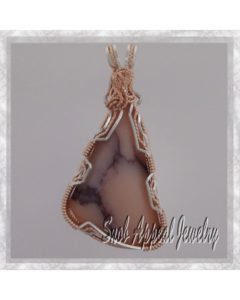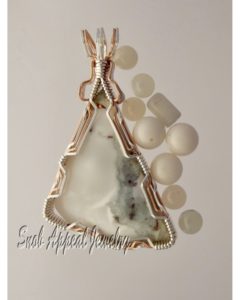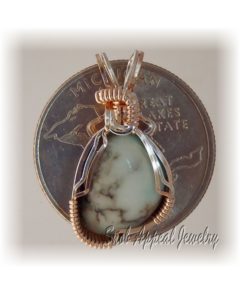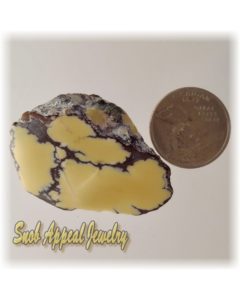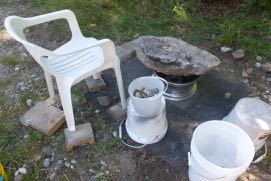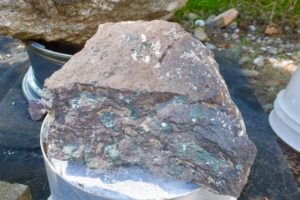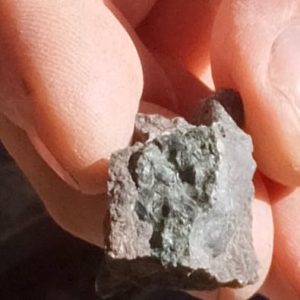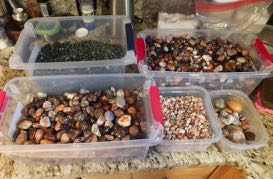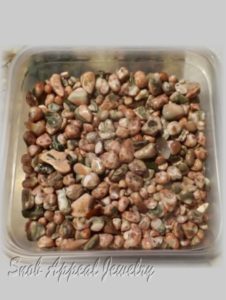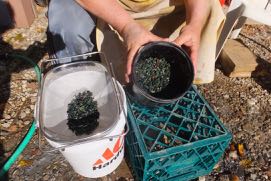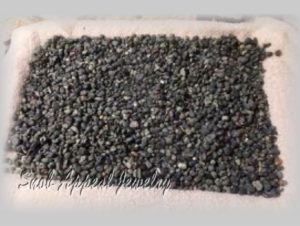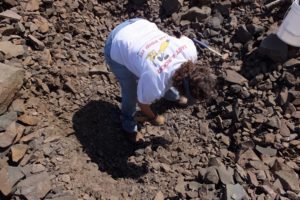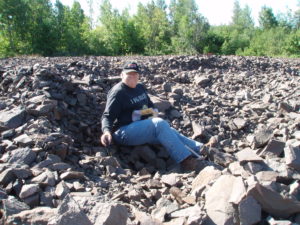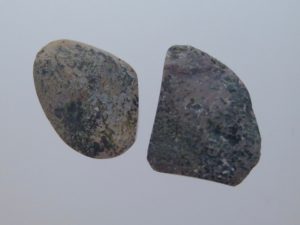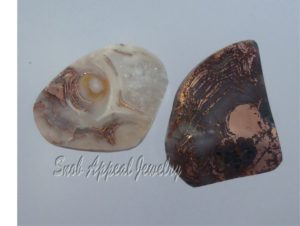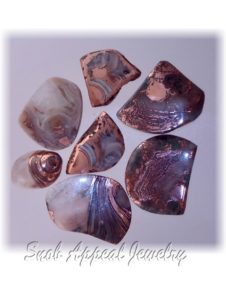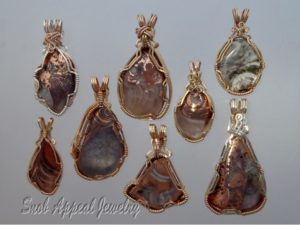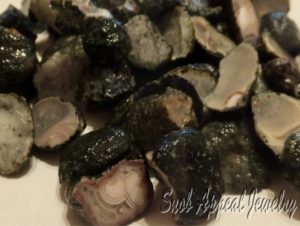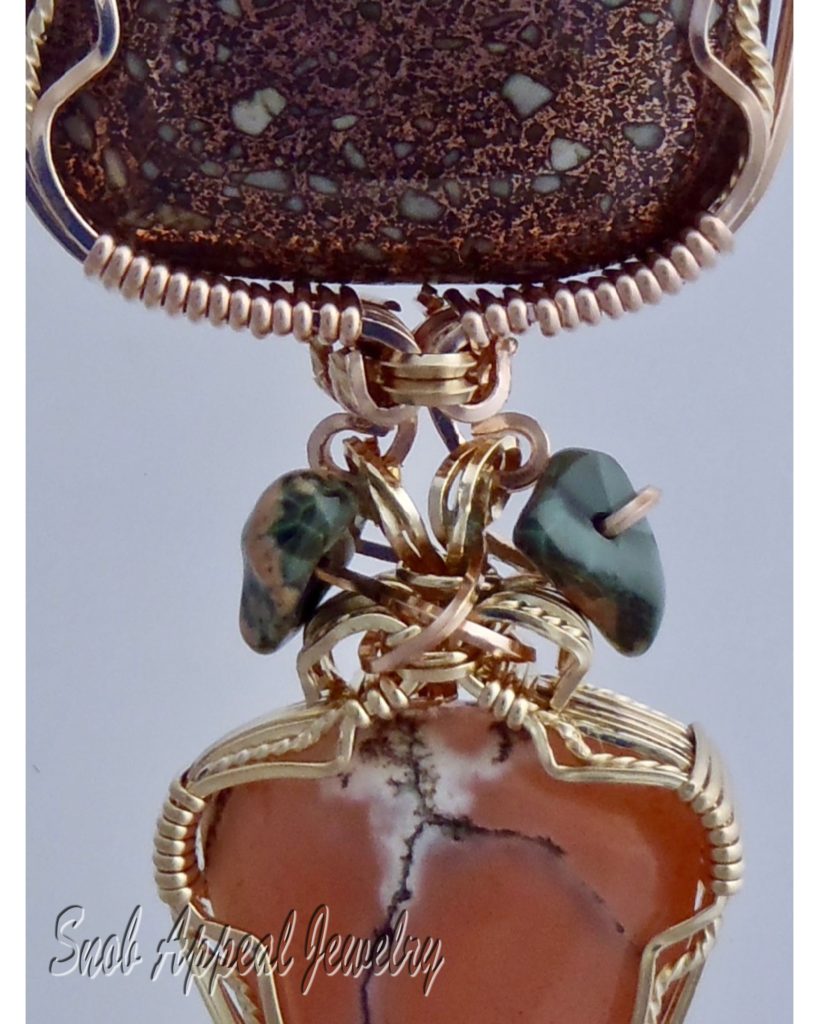
2020 brought many challenges to all of us. For me, self-isolation brought the opportunity to focus on my craft; with more time to create some special pendants. Jewelry making takes my mind off these trying times. I always try to improve my work, even though, people say, I’m a fairly skillful and competent wire artist.
Recently a “major” pendant was created from a combination of inspiration, a dream, and the need for a challenge. If a piece of jewelry takes me several hours of total focus (with coffee breaks), over three days, that’s a “Major” pendant.
Can I pull this off? Until a multi-piece pendant is created, the answer is “Maybe”. When the project turns out as you envision it, or better in this case, I feel satisfied and worthy. I know all the mind-challenging work was worth the effort. Bonnie knows when I am in “the zone” I am so totally focused, everything except the piece of art is blacked out. The Zone was active on this work of art, for sure. She does not come near me when I’m in “the Zone”, but she knows something good will result.
Deciding on Color and Shape
Let us talk about the procedure end result, shall we? Four totally different Keweenaw rocks and Minerals were chosen for their coloration. PINK was my choice; so every piece was associated with the color pink. In my mind was projected a three-piece pendant with amazing colors, textures, and shapes; eligant in detail.
The top stone selected was a banded Lake Superior Agate, with beautiful pink waves of banding, some shadow effect. In some Lakers the banding is very fine and the bands are close together. When you move these agates in the sun or in bright light, the shadow of one band is cast on the adjacent band. Since there are many bands casting their shadows on their adjacent bands, you get a shadow effect. The agate in the pendant has some “Shadow” for sure. Lake Superior Agates, as many of you know, are my favorite Gemstones. I cut a lot of “Lakers”, but not often one with so much rich class. It just screamed for attention, and made the top tier.
The middle of the pendant is Firebrick. Firebrick formed from the Copper smelting operations in the Keweenaw. The smelters were made from brick when they were built. Over the years Copper vapors and molten copper permiated into the brick walls of the smelter and replaced all the material in the bricks except the Quartz/Silica. That is why you see small white specks in the Firebrick; the Quart resisted permeation.
The bottom stone is a stunning pink-hued Datolite from the Mesnard mine on the Quincy Hill in Handcock. The small Mesnard Datolite needed to step up in order to fight the bigger cabochons in the top. I added a pair of Isle Royale Greenstons with pink Thomsonite inclusions, making the Datolite more than equal to the other two cabochons up above it. My personal opinion (shared by others) is that there are only two true precious gemstones in Michigan, Isle Royale Greenston (Michigan’s Official State Gemstone), and Datolite.
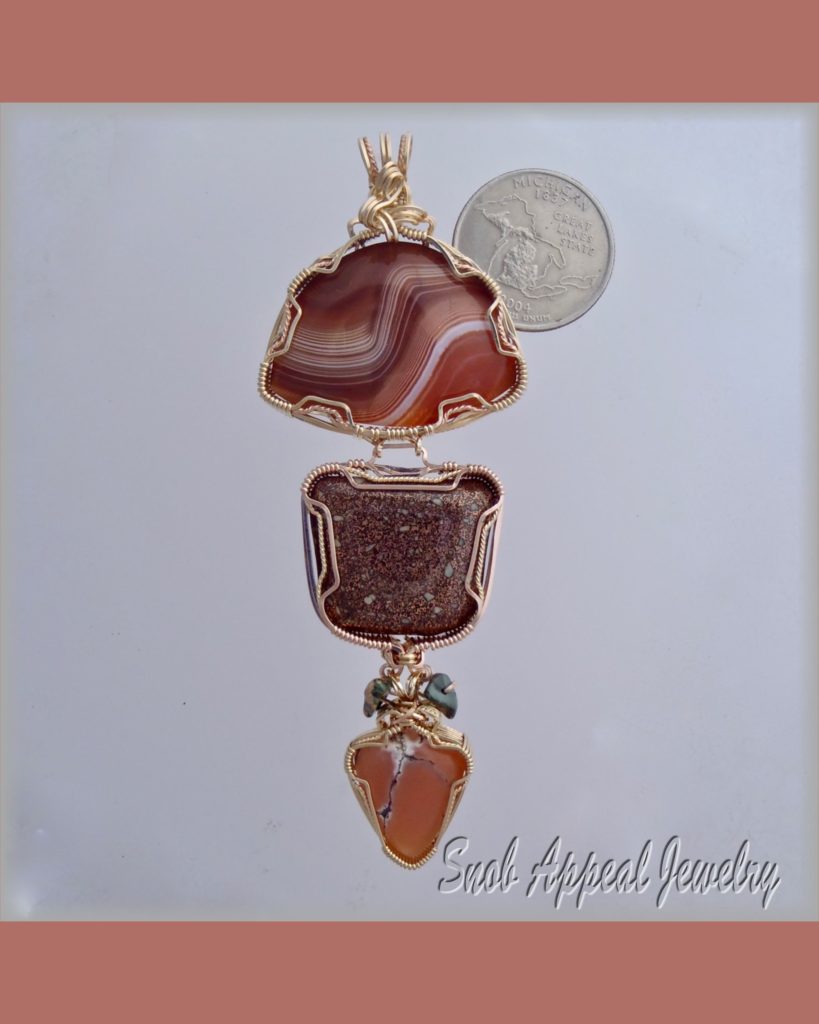
The stones being selected instigated the shapes required. Datolite, Greenstone, and Lake Superior Agates can all be polished to a glass finish, but the Firebrick required a proprietary industrial Epoxy coating. This coating protcts the Firebrick from tarnishing, and adds a glass finish like the other two stones in the pendant.
Engineering the Pendant
Each of the three major parts of the pendant “swing” individually from the others. If all three were wrapped as one piece, they become very stiff and just don’t have that pizzazz required. The pendant will move with the wearer.
The top and the bottom stones are elegantly wrapped in double 14kt gold fill, while the Firebrick is enhanced by a double gold fill Pink Gold. The pink gold brings out the Copper in the Firebrick. Who says a piece of jewelry has to be one single type of precious metal?
Happy Results
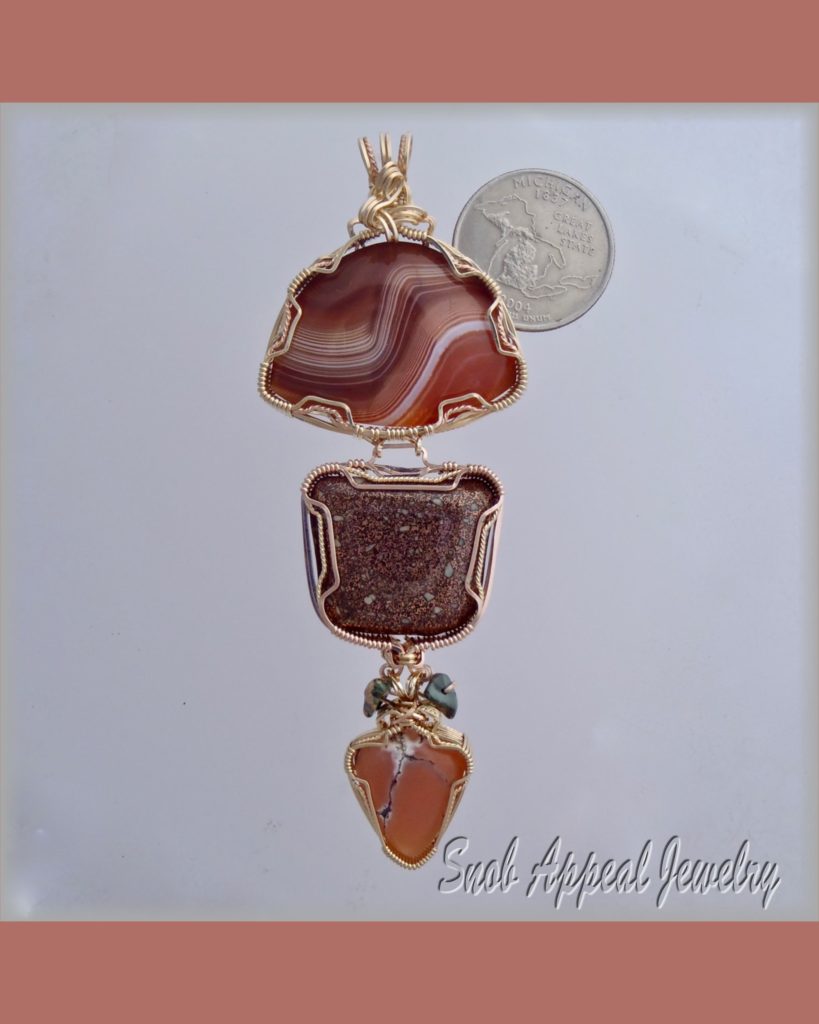
Now, several hours later, the results made me smile; Bonnie approved, and this Major art work was complete. I named this pendant KEWEENAW SPLENDOR
I’m hopeful some lucky person will find this one in their stocking.


